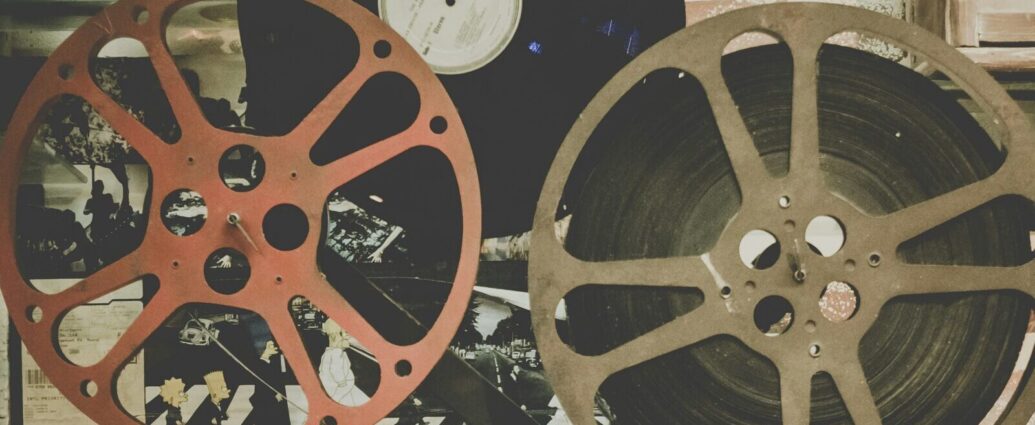Zahraa Edan
Malak Maroueh’s short film Rupture Divine (2018) is a vivid human exploration of queerness in Lebanon.
The independent short film Rupture Divine, written and directed by Malak Maroueh as her graduation project from the Lebanese Academy of Fine Arts, explores the story of a young Lebanese woman named Maya. When her mother discovers her relationship with a woman named Dana, Maya embarks on a challenging journey, undergoing electroshock conversion therapy to “cure” her.
Throughout these sessions, Maya is sexually violated, humiliated, and tortured using electrical shocks in a hospital room. The film shows us two contrasting sides of Maya’s story. One with her loving Dana and one with the reality she lives as a consequence of her love.
A CRUCIAL USE OF CINEMATOGRAPHY
Inspired by vintage film grain, Maroueh’s cinematography encourages its audience to rely on visual and emotional cues to understand Maya’s story and psychological state. This comes naturally to such a short film, as there is no room for lengthy dialogue.
“Women’s sexuality in general is underrepresented in films from this region, let alone queer women’s.”
Maroueh uses production details such as colour palette, custom design, and scene transitions to convey what dialogue can’t. Its vintage feel reminds us how the issues discussed in the film have been deeply rooted in Middle Eastern societies for a long time.
As a result, women’s sexuality in general is underrepresented in films from this region, let alone queer women’s. Hence, the film ends with a message of awareness about conversion therapy and how it is still being practised in Lebanon. Maroueh’s success in invoking an emotional response from the audience relies heavily upon her use of cinematography.
A PICTURE CAN SPEAK A THOUSAND WORDS
Maroueh uses various colours to convey Maya’s emotional and psychological journey. For example, she uses warm colours and vibrant hues when Maya is shown in an intimate setting with Dana. In contrast, cool and bleak colours are used whenever Maya is in a nightmare-ish setting – especially in the hospital room, to represent the emotional pain of her conversion therapy sessions.
“The audience is left with the weight of Maya’s struggle”
Another way the film succeeds in conveying the physical and psychological horror Maya goes through is with its rough transitions. The film jumps from horrifying scenes of the conversion therapy sessions to tender scenes with Dana. These scenes rarely fade seamlessly into each other – instead, the viewer is catapulted into the next scene, thus intensifying the emotional rollercoaster on which the short film takes its viewers.
Ultimately, scenes with Dana are no longer warm – they’re neutral in colour. Maya wears a dark blue shirt and denim jeans while sitting with Dana in a room of warmer colours. This signifies that because of the conversion therapy damage, she is no longer able to feel the love between her and Dana. The audience is left with the weight of Maya’s struggle.
“The short film is a must-watch if you want to explore the consequences of queer love for people in the MENA region”
Despite the lack of dialogue and short film duration, Rupture Divine successfully sheds light on the horrors of conversion therapy in the MENA. The short film is a must-watch if you want to explore the consequences of queer love for people in the MENA region generally or Lebanon specifically.
Rupture Divine is available to stream on the independent streaming service Shasha Movies.
READ MORE:
-
‘ALL OF US STRANGERS’ FILM REVIEW
-
LEAVE THE WORLD BEHIND REVIEW: AN ALL TOO REAL HORROR
-
FILM REVIEW: SALTBURN
Featured image courtesy of Noom Peerapong on Unsplash. No changes were made to this image. Image licence can be found here.

